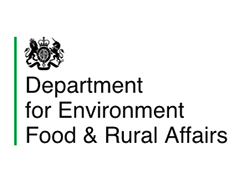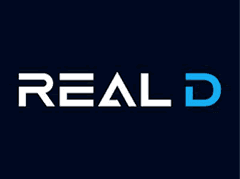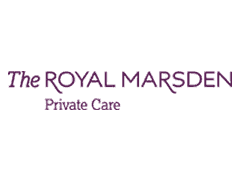We’ve all filled them out before, maybe some more than others. But have you ever constructed a lead form?
When you’re filling one in, you may not appreciate the button that works on the first click – or the nice neat text telling you exactly what you need to know. But I bet you notice, probably even end up leaving the landing page, if you can’t work the form or it looks like something your grandad put together….
You put all that effort into strategising a perfect inbound campaign. And after all, these are LEAD capture forms, the potential for new customers, so we should want these to be as user-friendly and appealing as possible, right?
Let’s give your lead forms a makeover with our 5 simple, but crucial components so you can get the full potential out of each landing page.
Positioning
Your form’s visibility on the page is important, but we want to be careful to make sure it isn’t too “in-your-face” and scare away the customers who are less willing to provide their information.
Two things to always do: Make sure your form is above the fold or easily findable on the landing page. In other words – make sure it is on the top half of the page and that the customer doesn’t have to manually scroll to find it.
If you have the form at the bottom of the page – have an “I’m ready to download” or “Download now” button somewhere noticeable in the top half of the page.
Length
This is a tricky one because while short forms usually lead to more leads, long forms can lead to a smaller quantity of higher quality leads. It also is important to note that the longer the form, the more likely someone is going to drop out because of the unwillingness to fill it out.
Through some trial an error, you will be able to find a happy medium. After you have a few landing pages and have analysed their performance, you will get a feel of a good balance between collecting enough information and not asking too much to scare leads away.
Fields
Arguably the most important part of the form, what should you actually be asking for? While this can depend on where your lead is on the conversion funnel, the main idea is the same; get enough information to contact and qualify the lead. Again, we want to keep a balance between asking enough information but not too much.
Contact details such as Name, Company, Email, and Website, are essential so that you can follow up and contact the lead. To get some background information you may want to ask additional questions to be able to qualify the lead – role at the company, number of employees, biggest challenges. This can help you gauge the need for your product, and helps your sales team personalise their pitch to fit their needs.
Golden rule: Only ask what is essential to be able to contact and qualify the lead.
Privacy Policy
Thanks to GDPR, this isn’t so much of a problem anymore, but security is still in the back of most people’s minds. They are opting-in to receive your service, but make sure they can trust you and know that you will not be sharing their information.
You can do this by having your privacy policy accessible near where you ask for their contact information – mainly the email. You should also have your browser SSL secured (the green lock next to the URL), or some sort of authority endorsement.
Submission Button
Now let’s talk about the button leads will use to actually download the form. While most buttons will read “submit” HubSpot has actually found that “submit” does worse than other CTA’s such as “Go” and “Click here”. The theory is that these buttons feel less of a commitment and less effort.
Think about personalising your button so it fits your business and try to stay clear of “Submit” buttons.











